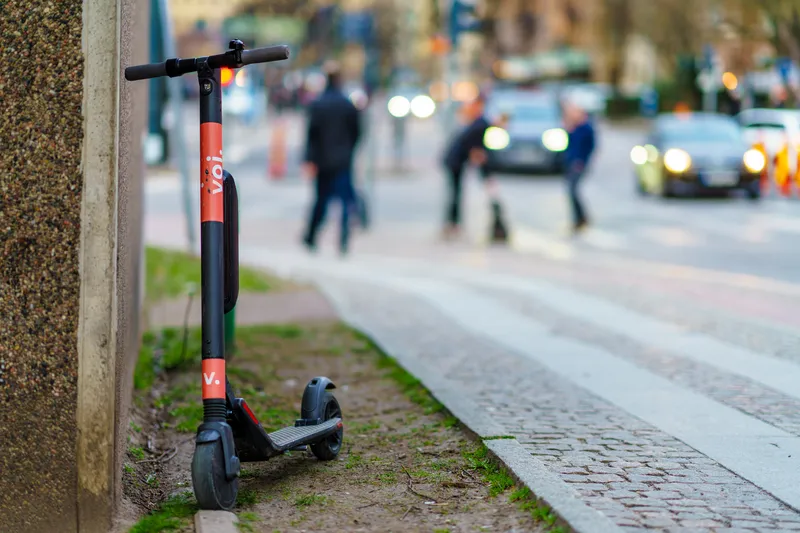With the growing numbers of pedestrian fatalities in mind, the Federal Highway Administration, through the US Department of ‘Transportation’s Small Business Innovation Research (SBIR) program, awarded a contract to Savari to develop SmartCross, a traffic signal interface app for smartphones.
The SmartCross application interfaces with traffic signal systems that control the traffic lights and receives information about the pedestrian signal. Sending signals between the pedestrian’s phone and the nearest t
October 26, 2015
Read time: 2 mins
With the growing numbers of pedestrian fatalities in mind, the 831 Federal Highway Administration, through the 324 US Department of Transportation’s Small Business Innovation Research (SBIR) program, awarded a contract to Savari to develop SmartCross, a traffic signal interface app for smartphones.
The SmartCross application interfaces with traffic signal systems that control the traffic lights and receives information about the pedestrian signal. Sending signals between the pedestrian’s phone and the nearest traffic signal box, the app sends an alert to notify pedestrians when they have the signal to cross. In addition to providing an alert when it's safe to walk, the application also gives users the ability to request the pedestrian signal.
For enhanced safety, the application provides audio, visual and haptic (typically vibration) feedback to the user, so pedestrians approaching a crosswalk with their heads down will know to stop at the kerb.
The SmartCross application has different modes for pedestrians, bicyclists, visually impaired individuals, and people in wheelchairs, and can be of immense help to the elderly and the physically impaired. For example, the application can request an extension of pedestrian crosswalk time in the event that the pedestrian has not been able to cross the street in the initially designated time.
Drivers can also benefit from this technology. Vehicles equipped with an on-board unit are notified of a pedestrian in an active crosswalk via an in-vehicle display. The screen also displays the colours of the changing signal and how much time remains for each colour.
The app remains running in a smartphone’s background even when the app is not open, meaning users don’t even have to remember to turn it on in order to benefit from its safety features. SmartCross is currently under further development but will soon be available to iPhone and Android users.
The SmartCross application interfaces with traffic signal systems that control the traffic lights and receives information about the pedestrian signal. Sending signals between the pedestrian’s phone and the nearest traffic signal box, the app sends an alert to notify pedestrians when they have the signal to cross. In addition to providing an alert when it's safe to walk, the application also gives users the ability to request the pedestrian signal.
For enhanced safety, the application provides audio, visual and haptic (typically vibration) feedback to the user, so pedestrians approaching a crosswalk with their heads down will know to stop at the kerb.
The SmartCross application has different modes for pedestrians, bicyclists, visually impaired individuals, and people in wheelchairs, and can be of immense help to the elderly and the physically impaired. For example, the application can request an extension of pedestrian crosswalk time in the event that the pedestrian has not been able to cross the street in the initially designated time.
Drivers can also benefit from this technology. Vehicles equipped with an on-board unit are notified of a pedestrian in an active crosswalk via an in-vehicle display. The screen also displays the colours of the changing signal and how much time remains for each colour.
The app remains running in a smartphone’s background even when the app is not open, meaning users don’t even have to remember to turn it on in order to benefit from its safety features. SmartCross is currently under further development but will soon be available to iPhone and Android users.








